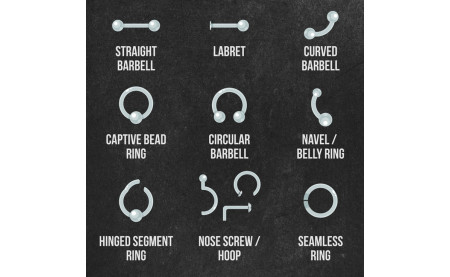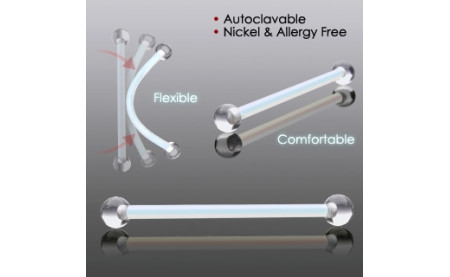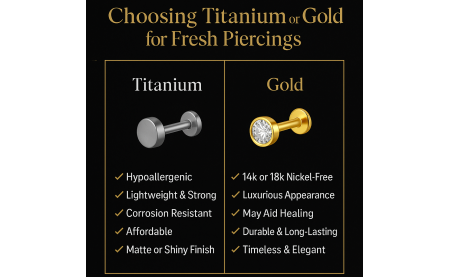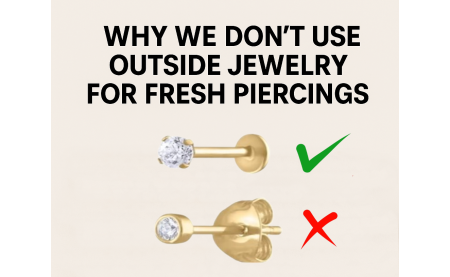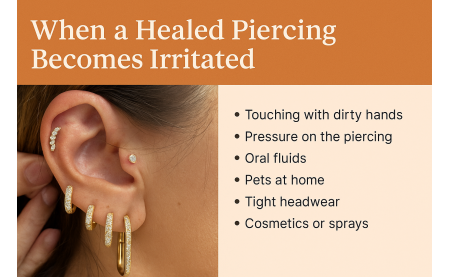Why We Do Not Perform Piercing on Babies Below 3 Months of Age
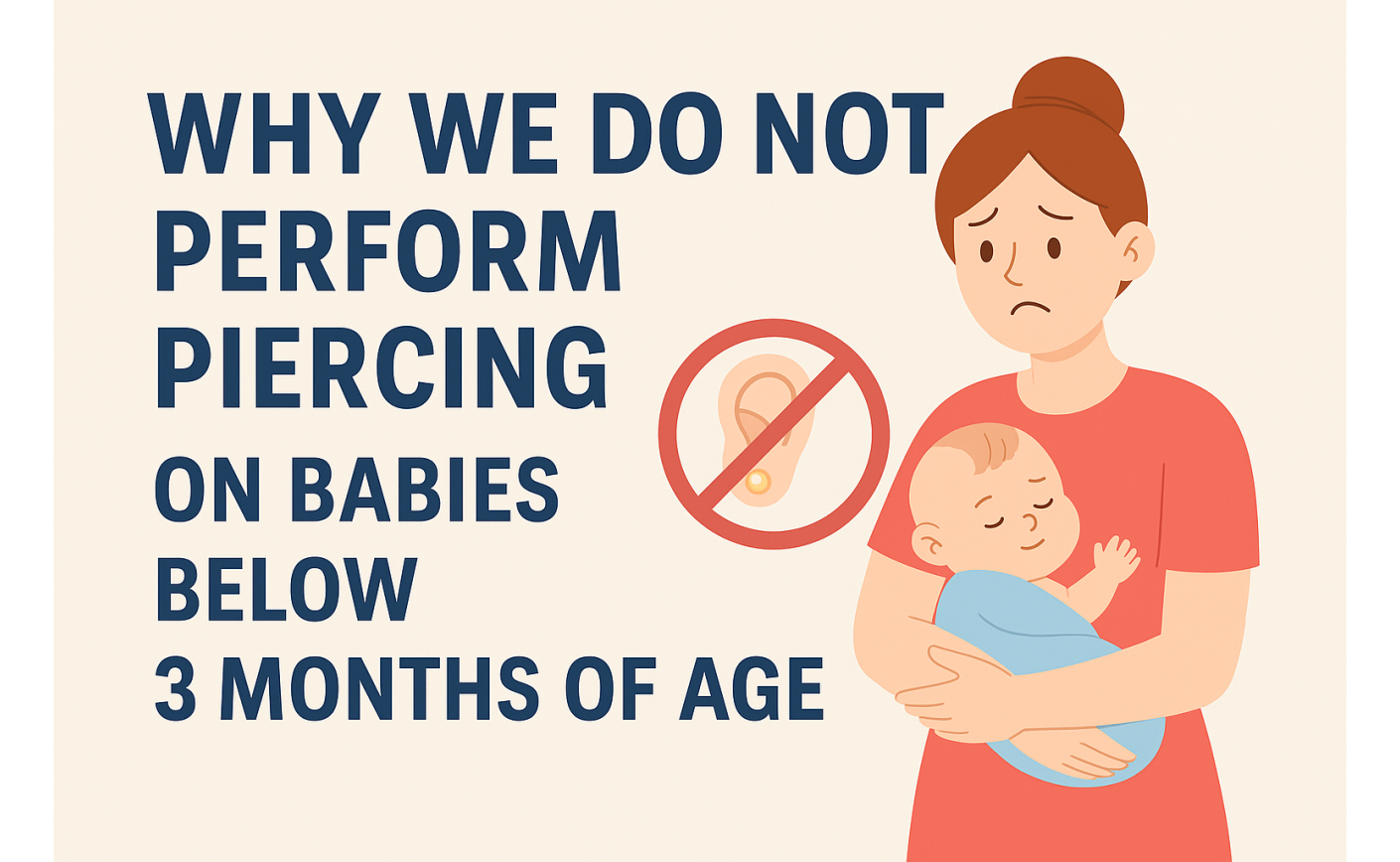
A Detailed Medical and Parental Guide by Piercing Zone by Dr. Vikas
Introduction – Understanding the Concern
As a parent, it’s natural to want to celebrate the arrival of your little one with joyful traditions — and ear piercing is a popular one across many cultures. Some parents even plan to get their baby’s ears pierced within the first few weeks of birth.
However, at Piercing Zone by Dr. Vikas, we strictly do not perform piercings on infants under the age of 3 months, and this policy is grounded in medical safety, ethical standards, and infant health care best practices.
This guide will help you understand:
- The scientific reasons for delaying piercing
- What risks are involved if done too early
- How age and vaccinations play a role
- What is the safest age to consider
- Tips for when you are ready for the piercing
A Newborn’s Immune System – Not Ready Yet
Medical Perspective
A baby’s immune system is under active development from birth. In the first 2–3 months, they rely heavily on maternal antibodies (passed through the placenta and breast milk) for protection.
The immune system components like:
- White blood cells (WBCs)
- Macrophages
-
T-helper cells
are still maturing. These are critical for fighting off infections that might arise from even a small wound — such as a piercing.
A fresh piercing creates a micro-wound, which, if exposed to bacteria, can lead to localized or even systemic infections (like cellulitis or sepsis).
In Layman Terms:
Your baby’s body is still learning how to protect itself. A simple ear piercing might seem harmless, but for a newborn, it’s like sending a soldier into battle without armor. Their body doesn’t yet have the tools to fight off an infection safely.
Infection Risks – Silent but Serious
Why Is Infection More Dangerous in Infants?
Newborns under 3 months of age:
- Have thinner, fragile skin which tears or irritates easily
- Cannot express or communicate discomfort clearly
- May have rapid infection spread due to small body size
Even a small infection on the ear lobe can progress to:
- Abscess formation
- Lymphadenitis (swollen lymph nodes)
- Fever, lethargy, poor feeding
- Hospitalization for IV antibiotics
In rare cases, untreated infections can lead to:
- Bacteremia (bloodstream infection)
- Sepsis, which can be life-threatening
Common Misunderstanding:
Some parents say, “I’ll take care of it well, nothing will happen.” But even in the most sterile conditions, an infant’s skin and immune system may not respond well to any foreign body like an earring.
Vaccination Timeline – Crucial to Wait
First Set of Baby Vaccinations
By 6 to 8 weeks of age, babies typically receive their first major vaccinations:
- DTaP: Diphtheria, Tetanus, Pertussis
- Hepatitis B (2nd dose)
- Hib: Haemophilus influenzae type b
- IPV: Inactivated Polio Vaccine
- PCV: Pneumococcal Conjugate Vaccine
- RV: Rotavirus Oral Vaccine
These vaccines help the baby build baseline immunity against serious bacterial and viral infections.
Why This Matters for Piercing:
If an infant develops an infection post-piercing before these vaccines, their body has no defense system ready.
➡️ After receiving vaccinations, the baby has a stronger immune base to respond to minor inflammation or infection — making it safer to undergo piercings.
Easy to Understand:
Think of vaccines as giving your baby a "starter kit" of bodyguards. Before 2 months, those bodyguards aren’t there yet — so we don’t want to invite trouble by doing a piercing too early.
Ear Anatomy, Sleeping Habits, and Healing Concerns
Fragile Ear Structure
Newborn ears are soft, pliable, and still forming. Piercing at this age increases the risk of:
- Crooked or asymmetric placements
- Tearing of the soft lobe
- Jewelry embedding inside the skin
As they grow, the position of the piercing may also shift due to cartilage development and facial growth.
Sleeping Posture Problem
Babies spend most of their early months lying on their backs or sides. If pierced:
- Earrings press into the skin
- Can lead to pressure sores, embedded jewelry, or inflammation
Parents often don’t notice these signs until it’s too late.
Healing Is Slower in Newborns
Healing in very young babies is unpredictable. Scar tissue (known as granuloma) may form more easily, and cleaning the area becomes difficult without causing distress to the child.
Best Age to Get Baby’s Ears Pierced + Our Recommendation
✅ What’s the Ideal Age for Ear Piercing?
We recommend waiting until after 3 months of age, and ideally after the 2nd or 3rd round of vaccinations (around 4 to 6 months).
At this age:
- The baby has better immunity
- Vaccinations offer added protection
- The ear structure is more stable
- The baby can tolerate minor discomfort better
Why Choose a Medical-Grade Piercing Studio Like Ours?
At Piercing Zone by Dr. Vikas, we:
- Use medical-grade sterilization
- Provide biocompatible titanium or gold jewelry
- Are experienced in pediatric piercing safety
- Offer aftercare guidance tailored for infants
Final Thoughts
We understand the sentimental value of piercing your baby’s ears early. But health and safety should always come first. Waiting just a few extra weeks can make a world of difference in preventing pain, infection, or long-term issues.
Let your little one grow a bit stronger before getting pierced — and when you’re ready, we’ll be here with safe hands and a sterile environment.


